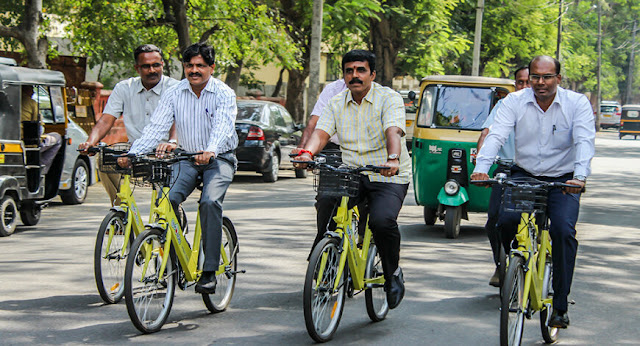Delhi sees return to air pollution after clean phase during lockdown

Every winter, Delhi NCR makes headlines with the return of its dreaded pollution season with air quality in the capital and other northern cities rapidly deteriorating to alarming levels.
According to the Delhi-based non-profit Centre for Science and Environment, ‘the key contributors to this smog in Delhi and its vicinity were vehicles; unchecked construction and road dust; garbage burning; burning of paddy residues by farmers in Punjab, Haryana … near-still weather conditions without wind; the onset of winter; and of course, the Diwali firecrackers.’
Over the years, the pollution level in the city of Delhi has gone from bad to worse. In fact, as per a study carried out by the World Health Organization (WHO) among 1600 cities, Delhi is the worst of any major cities in the world in terms of air pollution.
Pollution in New Delhi had almost disappeared earlier this year when the government imposed a nationwide lockdown to stop the coronavirus. As public transport was suspended to contain the spread of COVID-19, photographs of Delhi’s usually grey skies tuned azure blue were doing rounds on social media. A study conducted by the Centre for Science and Environment says that Delhi, during that period, had successfully managed to reduce pollution levels by 79%. But the curbs have been lifted since then, and the pollution, and the virus, are now back with a vengeance.

Since November, residents of the Indian capital are enduring one of the worst spells of air pollution in years. Delhi’s overall air quality index (AQI), which includes the concentration of PM2.5 particles as well as bigger pollutants, has stayed above 400, on a scale of 500, for five consecutive days, government data showed. The tiny PM2.5 particles can cause cardiovascular and respiratory diseases including lung cancer and pose a particular risk for people with COVID-19. The number of daily COVID-19 cases has stayed above 6,000 since November, and according to Indian Medical Association, 13 percent of this increase has been estimated to be due to air pollution.
A Harvard University study shows that an increase of only one microgram per cubic meter in PM 2.5 can lead to an 8% increase in the Covid-19 death rate. Another study by six researchers from various European institutes concluded that 17% of India’s 1.26 lakh COVID-related deaths could be linked to exposure to air pollution.
A host of factors are responsible for Delhi’s worsening air quality, including weather change, stubble burning, emissions from vehicles and factories, dust from roads, and fireworks.

There is a misbelief that stubble burning is the sole factor responsible for the rise in air pollution. But according to The System of Air Quality and Weather Forecasting and Research (SAFAR), stubble burning contributes only 16% to Delhi’s pollution. In comparison, emissions from vehicles generate PM 2.5 pollutants between 18 and 40%, and dust from roads contributes about 36–66% of PM10 pollutants, as per a study published by the Council on Energy, Environment and Water (CEEW) in 2019.
This situation calls for immediate and data-driven measures to reduce and control the spike in air pollution and COVID-19 cases. Apart from policymakers’ efforts, behavior change too has become a non-negotiable to lift Delhi out of the current ‘very poor’ air quality category. Adopting long-term measures like using public transport and energy-efficient vehicles, planting trees, and recycling can help curb emissions of hazardous pollutants and improve the health of many.

Ankita Valecha – Executive-Communications, Sambodhi
Anubrata Basu – Senior Manager – Research & Communications, Sambodhi
Leave a Reply
You must be logged in to post a comment.

